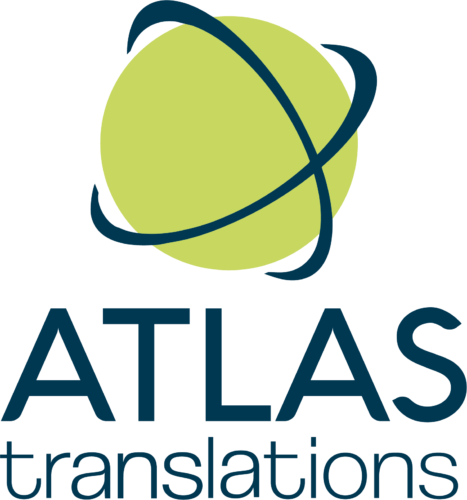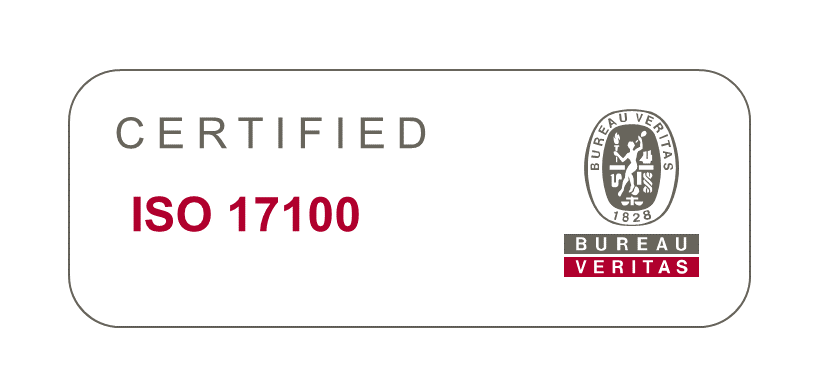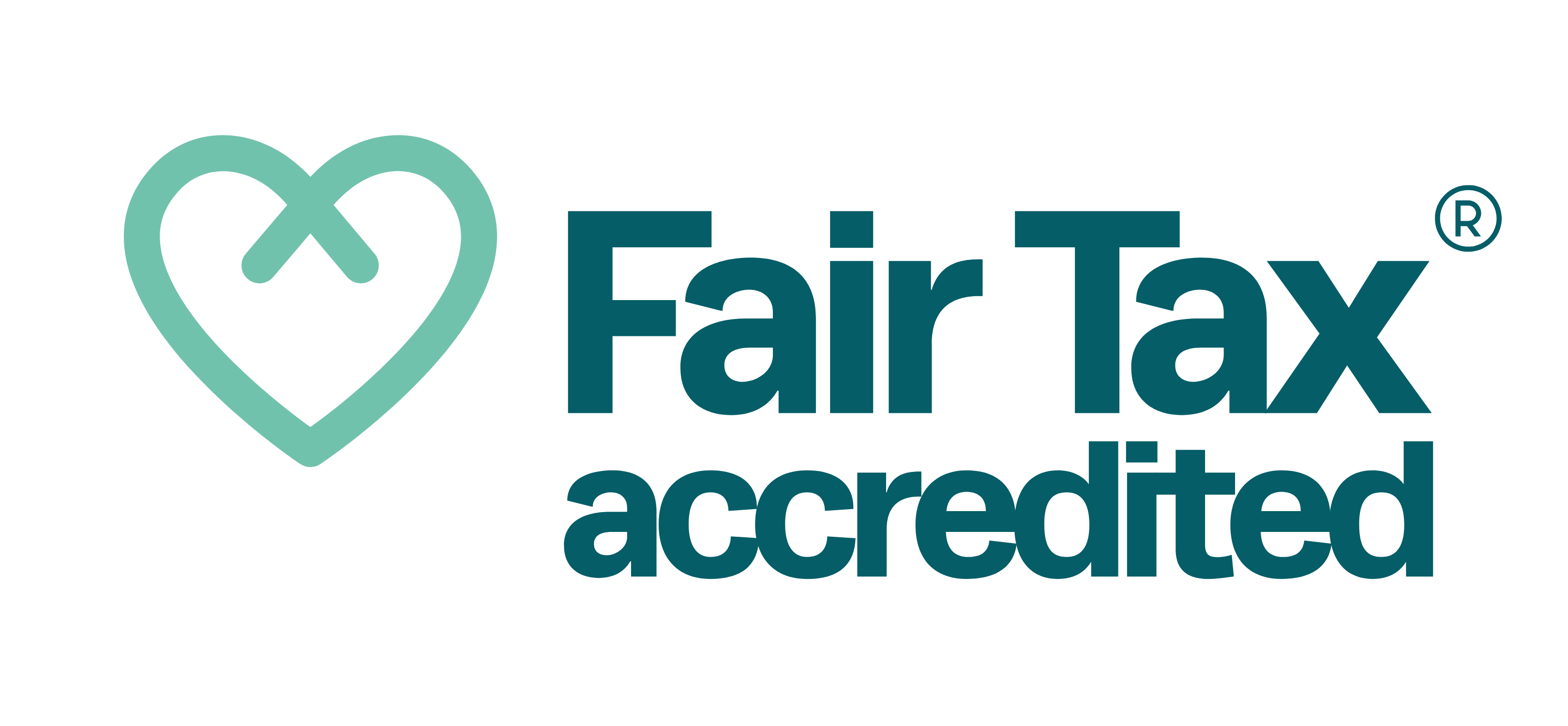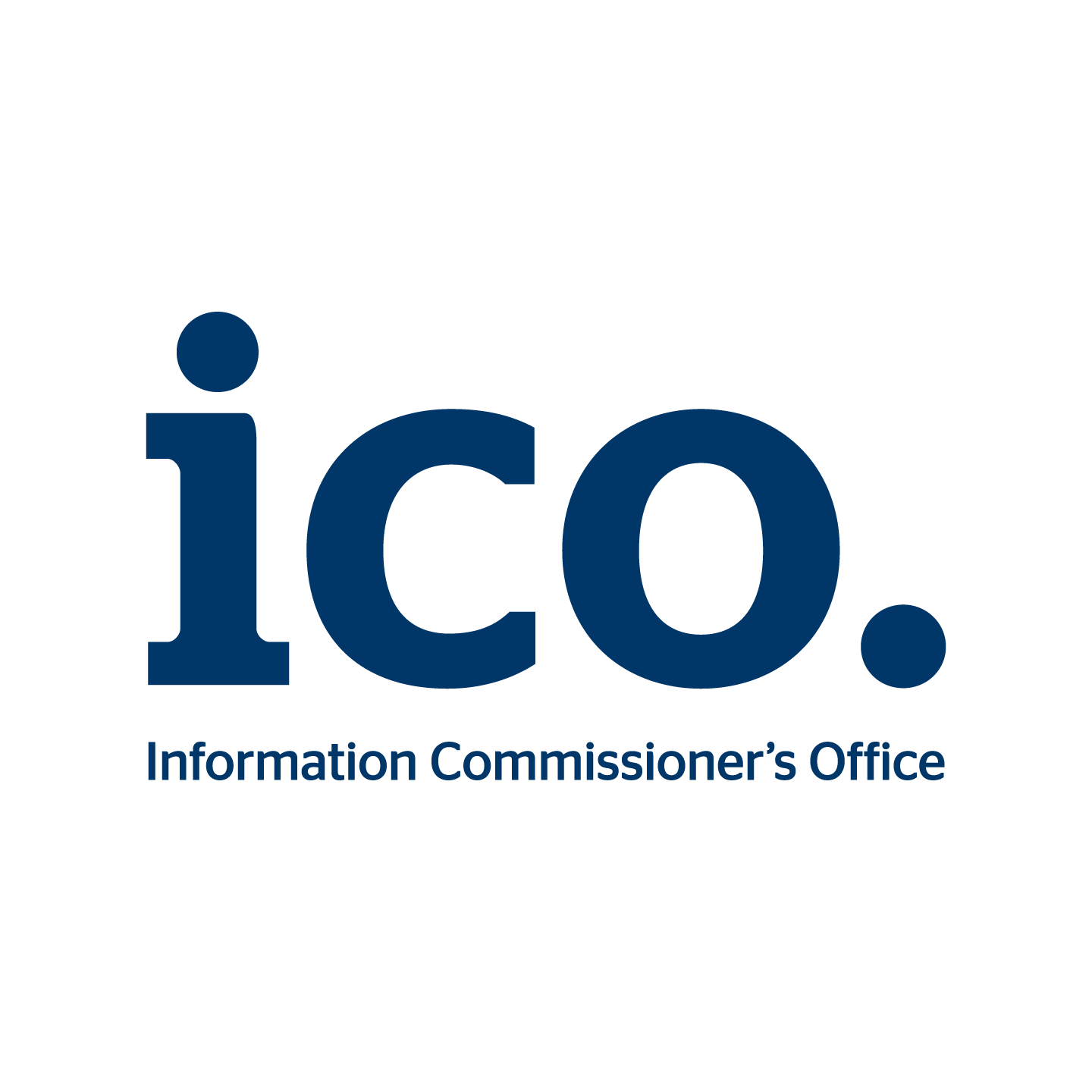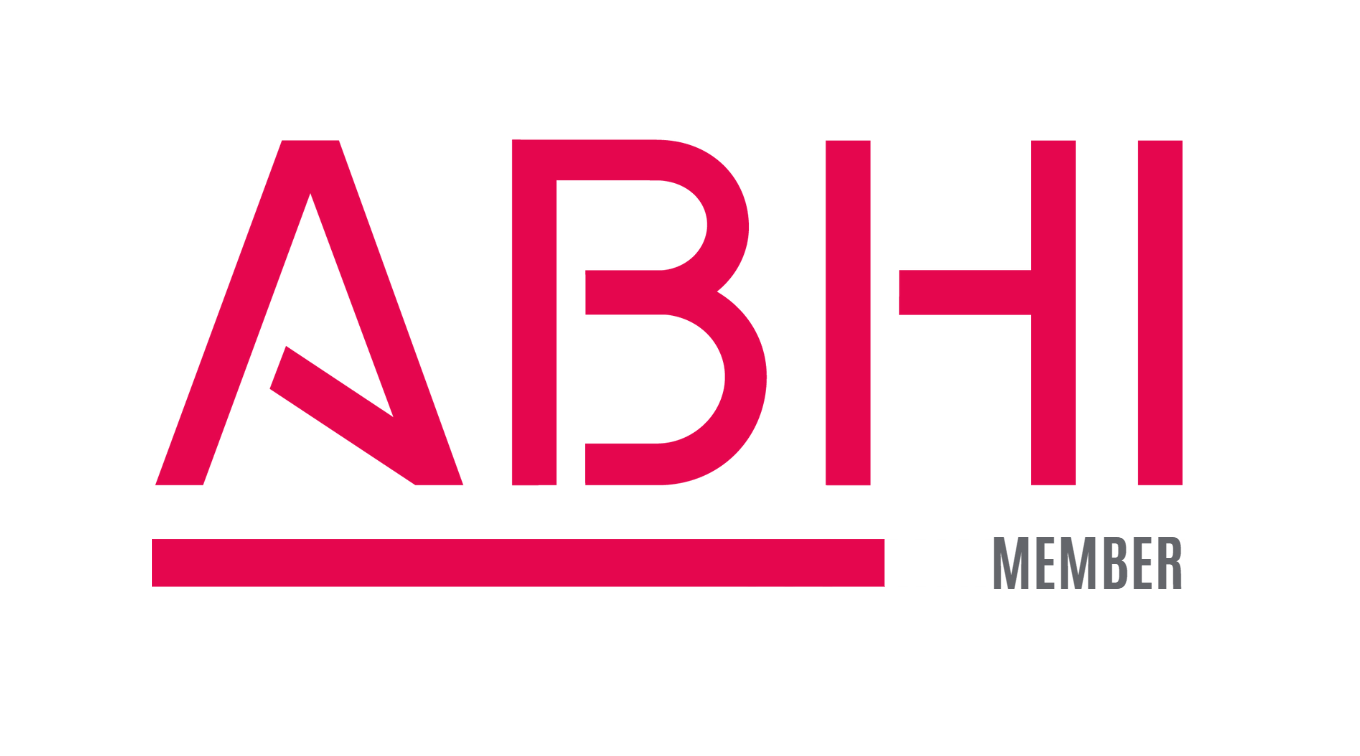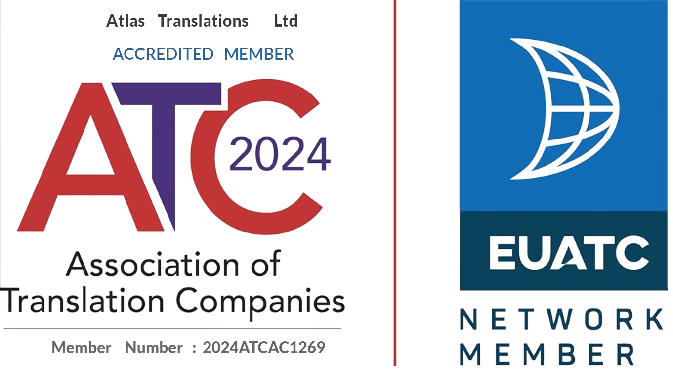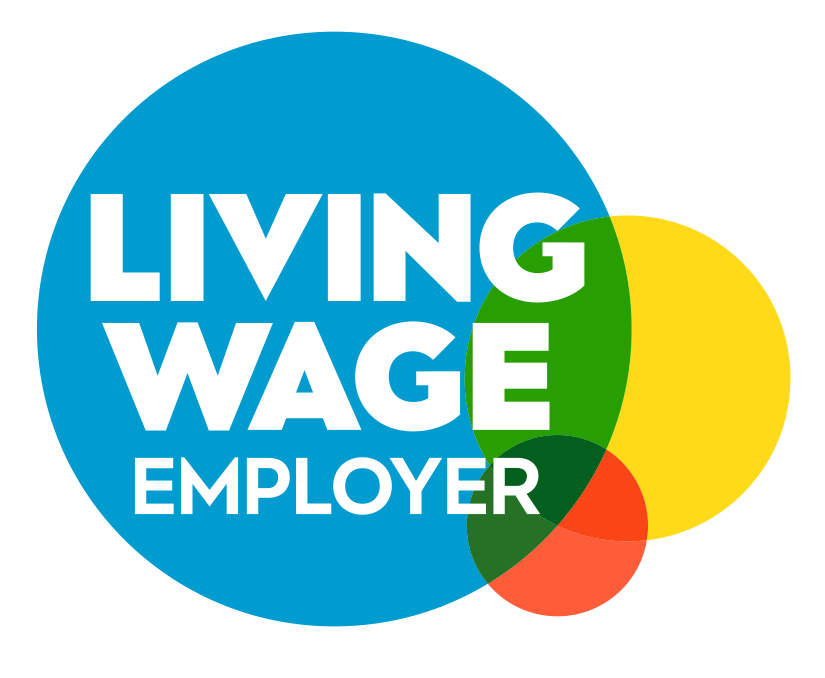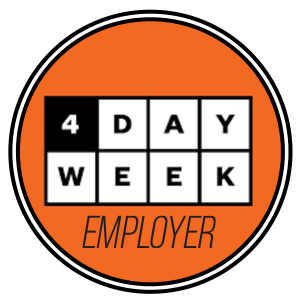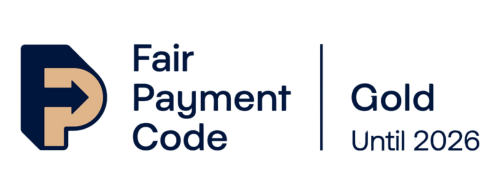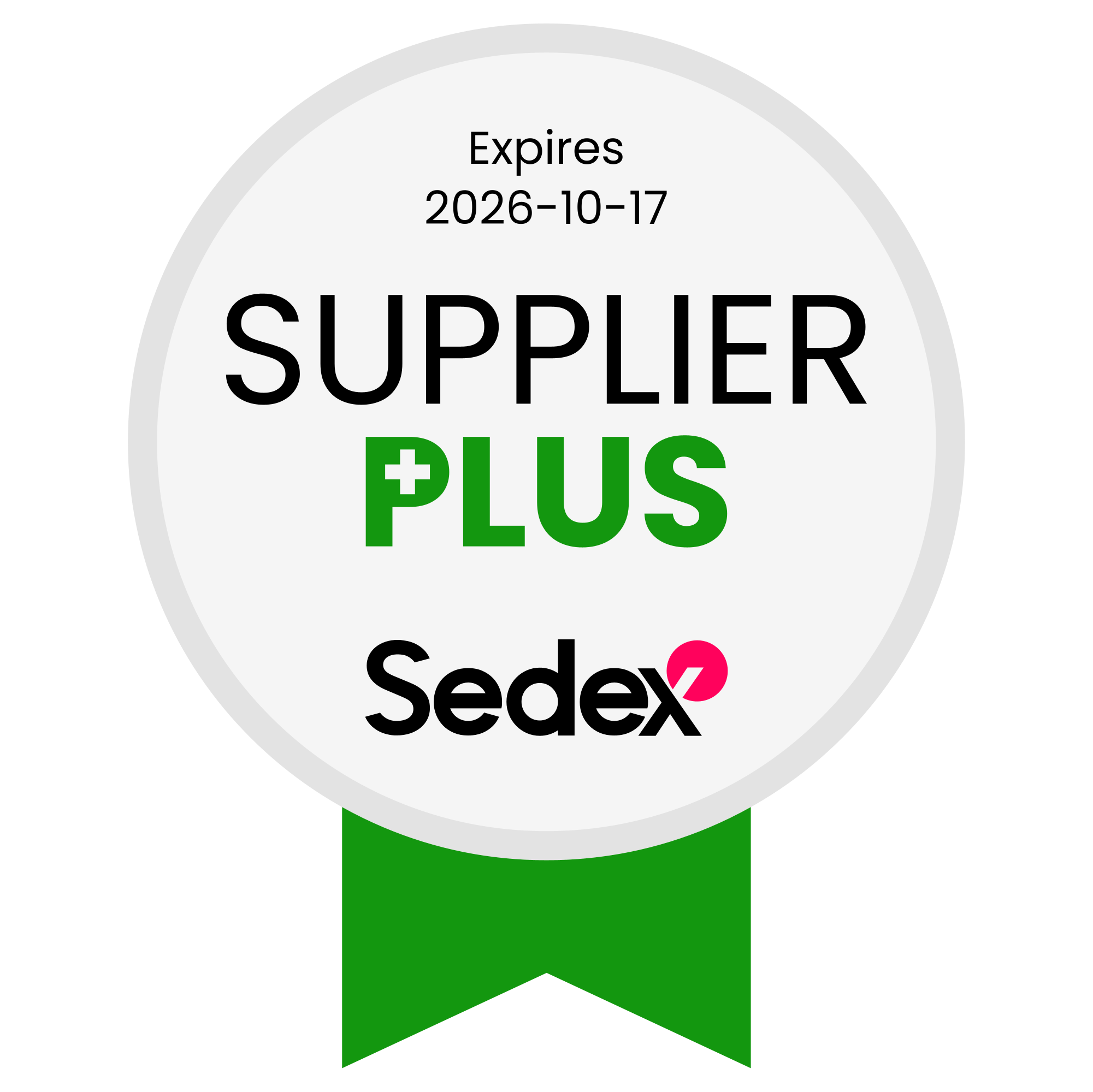Pharmacovigilance Translation: Drug Safety Across The Global Language Market
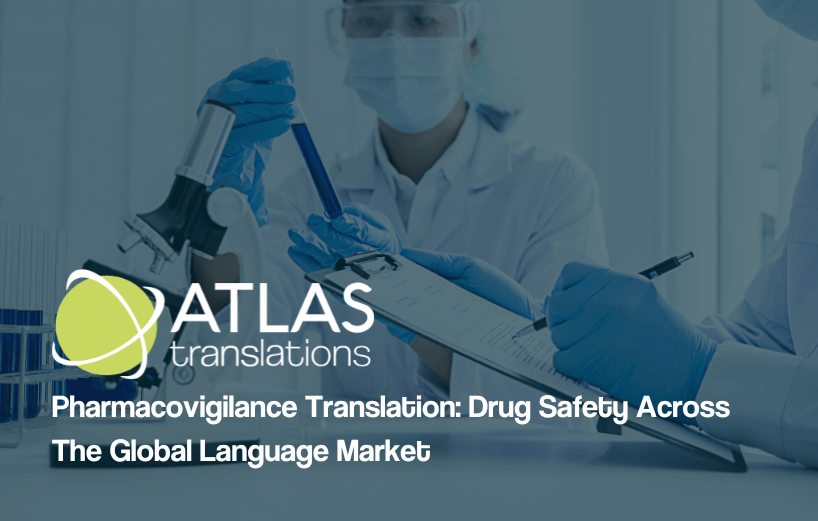
Here’s the thing about drug safety: it doesn’t end the moment a medication gets regulatory approval and hits pharmacy shelves. That’s actually just the beginning of a much longer story. Enter pharmacovigilance! The unsung hero with a name envied by Scrabble champions everywhere. This sponsor of pharmaceutical safety works around the clock to monitor, assess, and communicate drug safety information worldwide. Unfortunately, many people don’t realise that when language barriers get in the way, even the most sophisticated safety monitoring systems can fail to protect patients.
Here’s a not-very-fun example of what can happen without translation in pharmacovigilance:
A patient in Hamburg experiences an unexpected negative reaction to a medication that was recently trialled in Tokyo. The safety report documenting this adverse event, which could potentially prevent others from suffering the same harm, sits in a pile of untranslated documents. As it waits for someone to bridge the language gap, a human life hangs in the balance. Rather a sobering thought, isn’t it?
What can we help with today? Call us on +44 (0)1727 812 725 or email us at team@atlas-translations.co.uk – we’re only a call, chat, or email away, and we’re always eager to help!
What Is Pharmacovigilance? (And Why It Matters More Than You Think)
In simple terms, pharmacovigilance is drug safety; the science of detecting, assessing, understanding, and preventing adverse effects from medications. Think of it as the pharmaceutical industry’s early warning system—constantly listening for signals that might indicate a drug is causing unexpected problems.
The scope is genuinely impressive. We’re talking:
- Adverse event reporting from healthcare professionals and patients
- Signal detection through data mining
- Risk assessment of identified safety concerns
- Regular safety updates that keep regulators and healthcare providers in the loop
With regulatory bodies such as the European Medicines Agency (EMA), the Food and Drug Administration (FDA), and the Medicines and Healthcare products Regulatory Agency (MHRA) all requiring detailed safety reporting, it’s a complex web of requirements that spans multiple languages and jurisdictions.
The Global Nature of Drug Safety
Drug safety data doesn’t respect borders. A safety signal detected in Sweden might be crucial for preventing harm in Spain, and an adverse event pattern spotted in the UK could save lives in Ukraine. This global flow of safety information is what makes pharmacovigilance so powerful—but it’s also what makes accurate translation absolutely critical. When safety data gets lost in translation, the consequences aren’t just regulatory headaches; they’re potentially life-threatening gaps in our understanding of how medications affect real people.
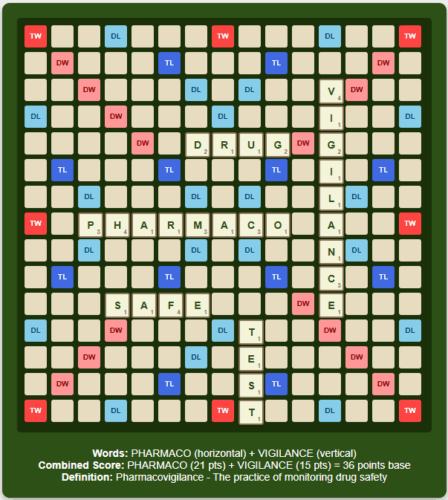
The Translation Challenge in Pharmacovigilance
It’s Not Just Medical Translation, It’s Safety-Critical Translation
Here’s where things get interesting. Pharmacovigilance translation isn’t your standard medical translation job. Yes, it requires deep medical knowledge, but it also demands something more: an understanding of regulatory timelines, safety reporting requirements, and the sheer urgency that comes with protecting patient safety.
Often working against tight deadlines, regulatory submissions don’t wait for convenient schedules, and adverse events certainly don’t happen on a timeline that suits translators. When a serious safety concern emerges, every day matters. The translation of safety documents becomes part of a critical path of events that could influence prescribing decisions, regulatory actions, and ultimately patient outcomes.
Common Pharmacovigilance Documents That Need Translation
The variety of documents in this field is quite something. Here are a few that we regularly work with:
- Individual Case Safety Reports (ICSRs) – detailed reports of specific adverse events
- Periodic Safety Update Reports (PSURs) – comprehensive safety summaries
- Risk Management Plans (RMPs) – strategic documents outlining safety monitoring approaches
- Safety data sheets – essential information for healthcare providers
- Clinical trial safety updates – ongoing safety monitoring during research phases
Each document type has its own regulatory requirements, formatting standards, and submission deadlines. So you can see it’s not just about translating words; it’s about maintaining the regulatory integrity of safety-critical information across all languages.
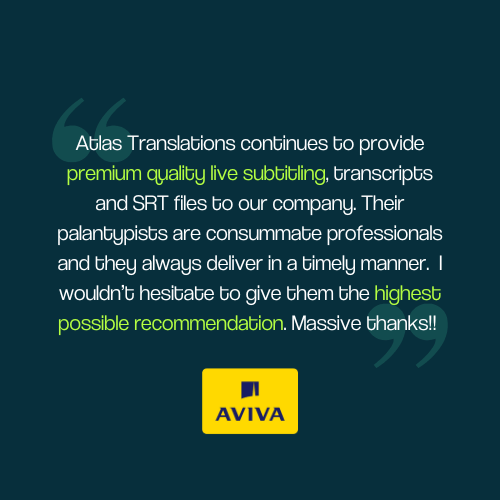
Why Professional Translation Services Are Non-Negotiable
Regulatory Compliance Across Multiple Markets
Different markets have different safety reporting requirements. What the MHRA expects in a safety submission isn’t necessarily identical to FDA requirements, and EMA guidelines can add another layer of complexity.
A professional pharmaceutical translation service understands these nuances and can adapt safety documents to meet specific regulatory expectations whilst maintaining scientific accuracy.
The consequences of getting it wrong can be severe:
- Delayed drug approvals that cost companies millions in lost revenue
- Regulatory non-compliance leading to market withdrawal threats
- Missed safety signals that could have protected patients
- Reputational damage affecting the company’s credibility
- Legal liability in cases of patient harm
The Human Cost of Translation Errors
We’re not talking about perfect grammar or elegant phrasing 🧐 (although those matter too!). This is about making sure that when a healthcare provider in Italy reads a safety update originally written in English, they get exactly the same critical safety information as their English-speaking colleague.
No ambiguity, no misunderstanding, no lost nuance to influence treatment decisions.
The specialist knowledge required goes well beyond general medical translation. We need translators who understand pharmacovigilance terminology, regulatory processes, and the clinical context that gives safety data its meaning.
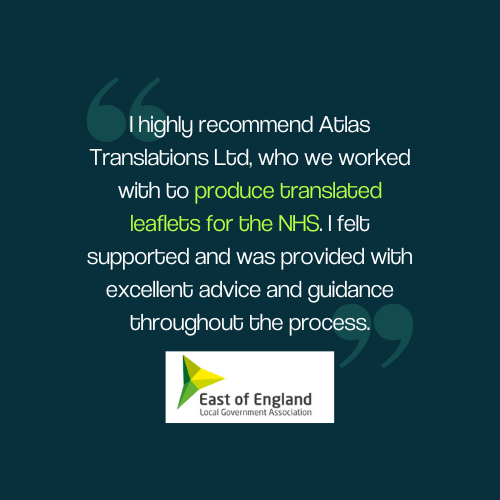
What Makes Atlas Translations Different in Pharmacovigilance
We’ve built our pharmaceutical ninja-like translation expertise specifically around the needs of companies working in regulated environments.
Our approach includes several key differentiators:
- Native-speaking translators with pharmacovigilance backgrounds and regulatory knowledge
- Understanding of tight regulatory timelines and submission deadlines
- Quality assurance processes designed specifically for safety-critical documents
- Experience with UK, EU, and international regulatory requirements
- Specialised terminology management for consistency across all safety documents
We know that when a pharmaceutical company needs an ICSR translated, it’s not just another translation job. It’s part of a safety monitoring system that protects patients worldwide, and our processes reflect this understanding.
Beyond B2B: When Individuals Need Pharmacovigilance Translation
While most pharmacovigilance translation serves the B2B market, individuals will also find themselves needing these specialised services.
Patient advocacy groups working across language barriers often need safety data to be translated to support their communities. Sometimes, individual patients need their own adverse event reports translated for legal proceedings or medical consultations.
It’s a reminder that behind all the regulatory complexity, pharmacovigilance is ultimately about protecting real people.
It’s a Wrap!
Pharmacovigilance translation sits at the intersection of scientific accuracy, regulatory compliance, and patient safety.
It’s specialised work that demands more than language-to-language skills. It requires a deep understanding of pharmaceutical regulations, safety reporting requirements, and the critical importance of getting every detail right.
Drug safety is a global concern, but language barriers shouldn’t compromise our ability to protect patients worldwide. At Atlas Translations, we’re committed to providing the expertise and precision that safety-critical pharmaceutical translation demands, making sure that vital safety information reaches everyone who needs it, regardless of language.
Contact Us
We’d love for you to contact Atlas Translations! We’re always here for a chat or to answer questions!
Call us on +44 (0)1727 812 725 or email us at team@atlas-translations.co.uk to let us know what you need. We respond quickly to all enquiries!
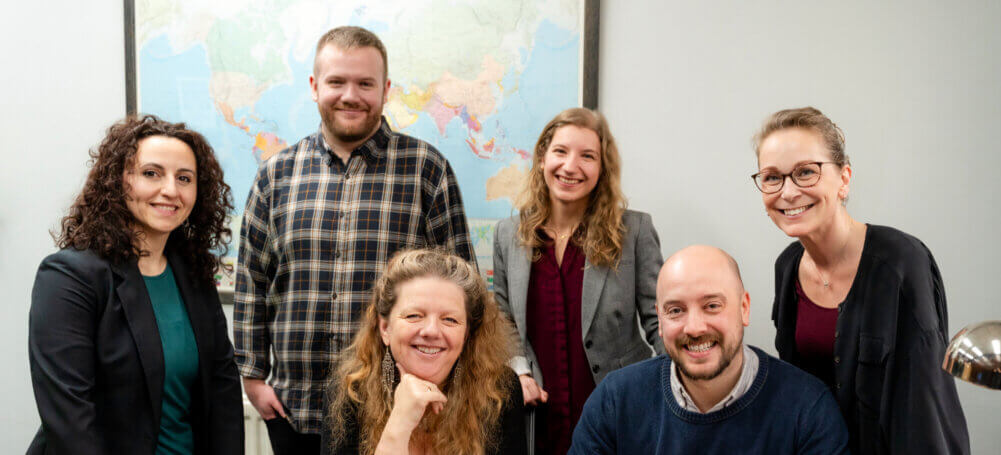
If you’d like to meet us face-to-face, learn more about our translation and language services, or deliver documents, please email or call us ahead of time to arrange a meeting.
Use the Live Chat option during UK working hours to ask any questions you may have. You’ll chat with a real, live human—we’re a bot-free zone! Click the little icon at the bottom right of your screen to begin chatting with us.
If you need a quick quote, we have a handy GET A QUOTE button located at the top of our website, where you can get an estimate for your needs.
Can I Trust Atlas Translations?
Absolutely, you can! But if you’re after something with a little more “facts and figures”, here’s some info:
Atlas Translations holds two ISO certifications: ISO 9001:2015 (Quality Management) and ISO 17100:2017 (Translation Services).
If the project is highly confidential, we can sign a non-disclosure agreement (NDA) for added peace of mind.
Are we up to date on privacy? Well, thank you for asking, and yes, we are! We registered with the Information Commissioner’s Office (ICO) over 20 years ago and have always placed a high importance on data protection.
You can read more about our commitment to quality here.
Atlas Translations takes pride in providing fast, friendly, and high-quality language services. But you don’t have to take our word for it. Click to read what our clients are saying about us.
We’re also on TrustPilot, and you can read our reviews here.
Global Voice, Local Touch
If you’re looking for some top tips for partnering with Atlas Translations, we have some top tips to share! We answer 25 of our clients’ most frequently asked questions, ranging from typesetting queries to discussing reference materials.
Click to download Global Voice, Local Touch
